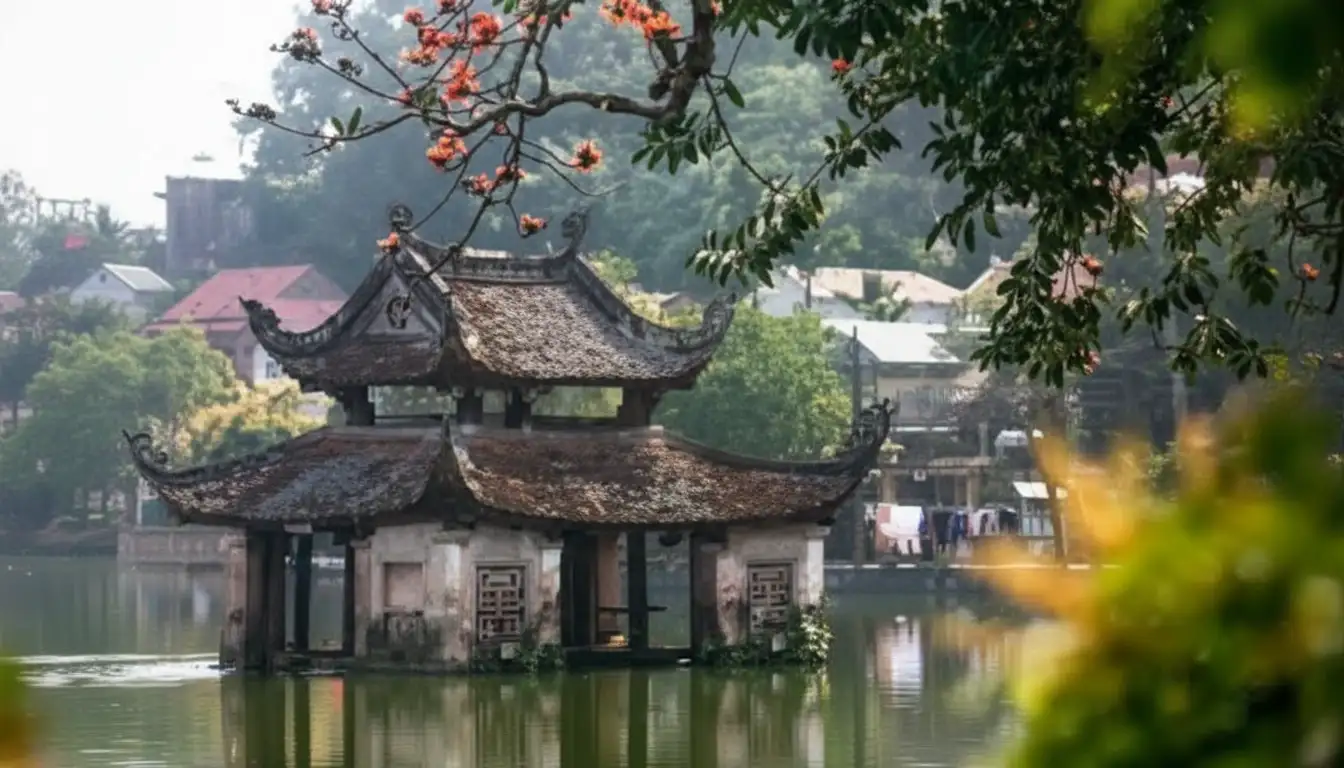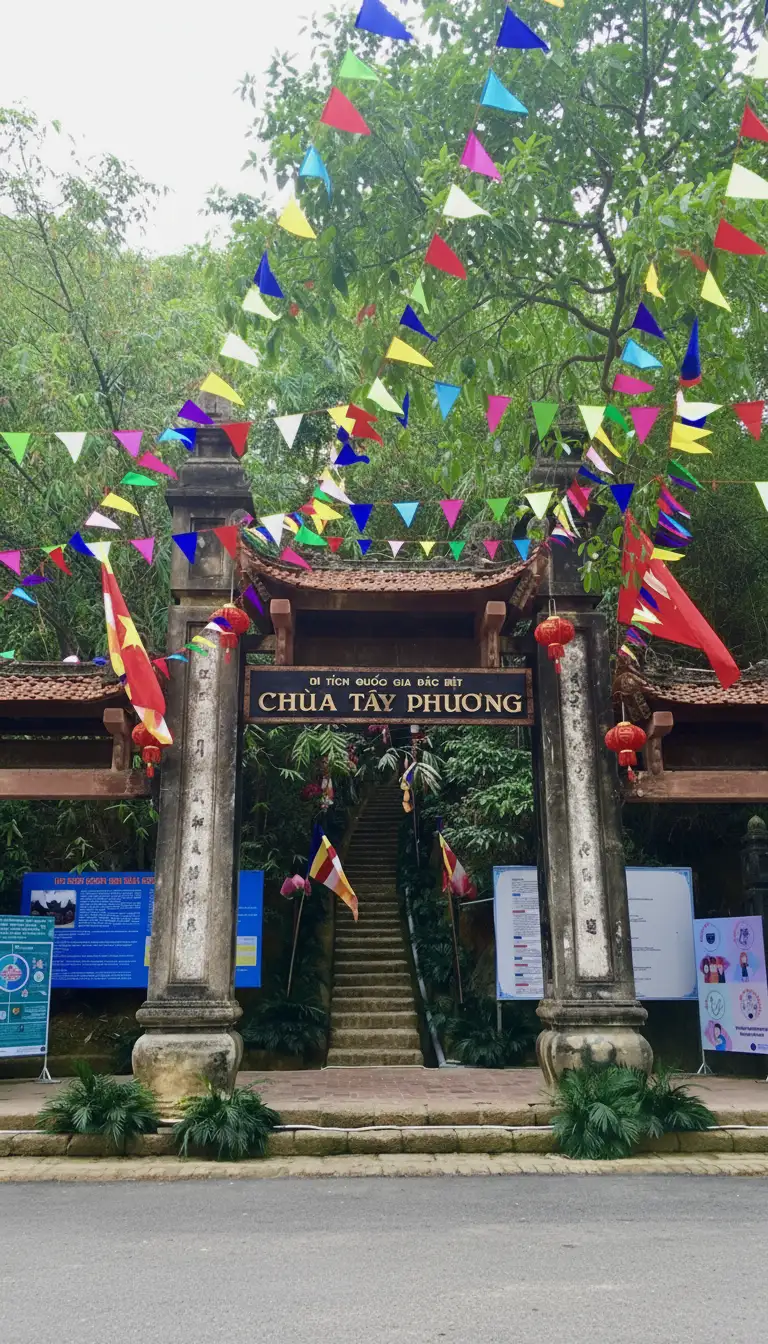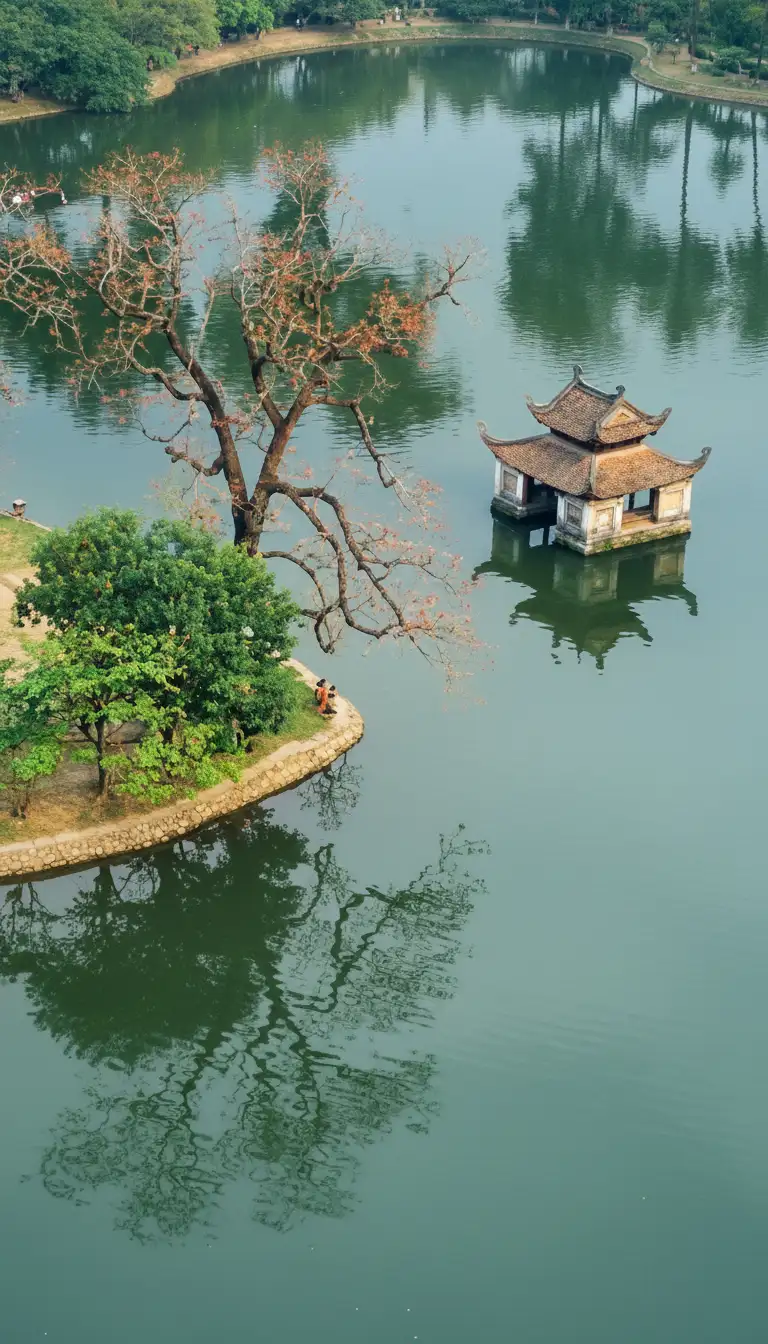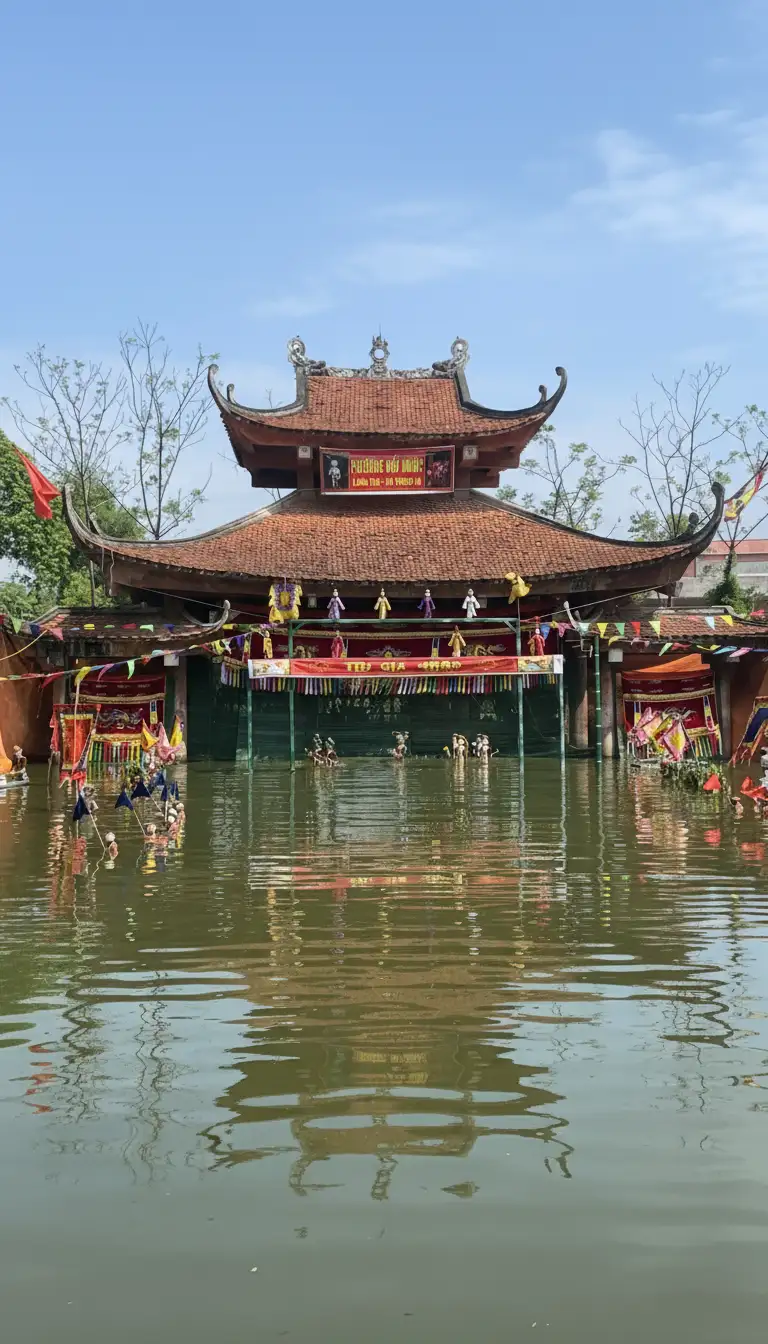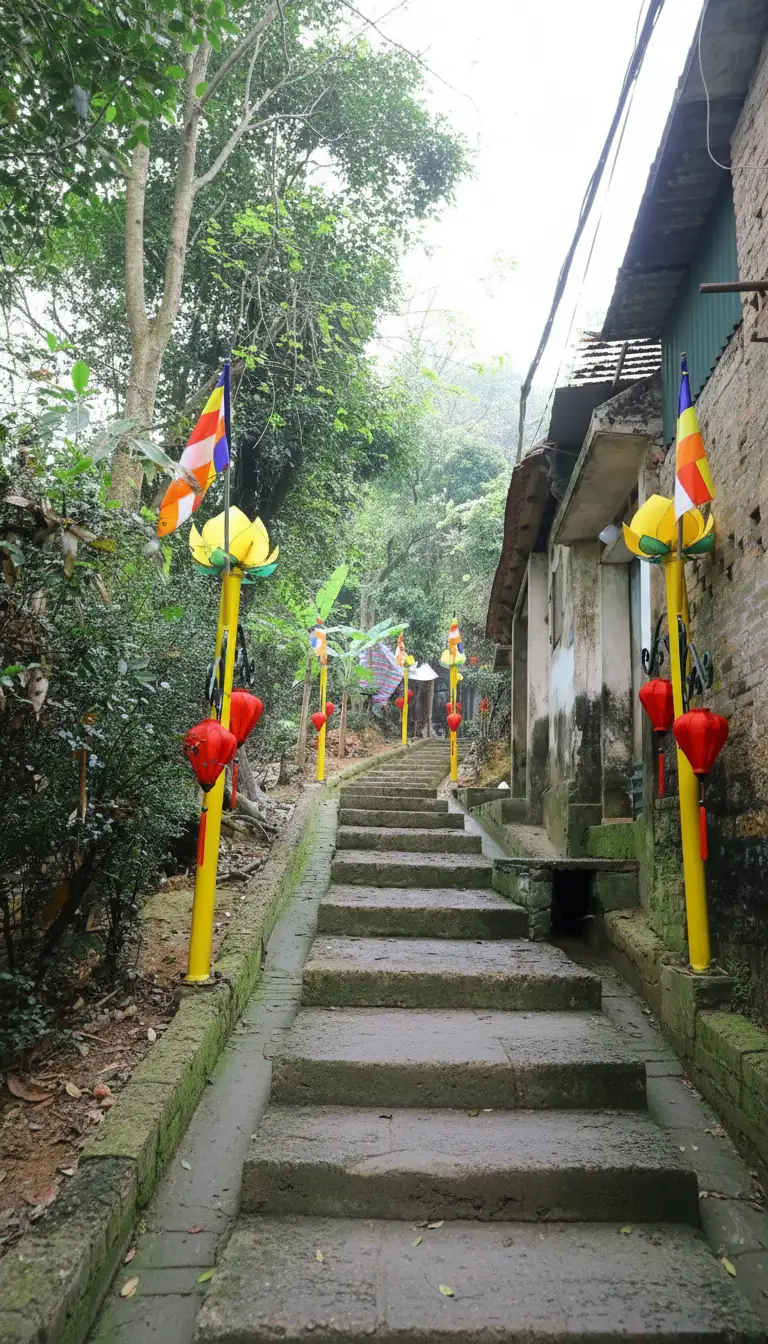Quick Facts
| Data Field (Title) | Content | Icon/Note |
|---|---|---|
| Official Vietnamese Name | Lễ hội Chùa Tây Phương | Known as the Tây Phương Pagoda Festival or Sung Phuc Pagoda Festival. |
| Location | Tây Phương Pagoda (Western Pagoda), Thạch Xá Commune, Thạch Thất District, Hanoi, Vietnam. | Located approximately 30-40 km west of downtown Hanoi. |
| Date | Begins early in the Lunar New Year and culminates on the 6th day of the 3rd Lunar Month. | The festival activities continue throughout the third lunar month. |
| Significance | Honors Buddha and serves as a major religious pilgrimage; celebrates the pagoda's status as a "Museum of Buddhist Statues." | The pagoda is a National Special Relic. |
| Cultural Heritage | Recognized as a National Intangible Cultural Heritage of Vietnam (2025). |
I. Overview and Architectural Masterpiece
The Artistic Sanctuary
The Tây Phương Pagoda Festival is a vibrant spring celebration centered around one of Vietnam’s oldest and most historically significant Buddhist temples, believed to have roots tracing back to the 8th century. Situated atop a hill (sometimes likened to a reclining buffalo), the pagoda is famed not only for its tranquil setting but especially for its magnificent collection of wooden statues.
The Arhats (La Hán)
Tây Phương Pagoda is often called the “Museum of Buddhist Statues” due to its 72 meticulously carved, lacquered, and gilded figures, many of which have been designated as National Treasures.
Masterpieces of Sculpture: The statues, particularly the 18 Arhats (La Hán), are celebrated for their vivid, highly realistic, and dramatic expressions. They capture the pain, contemplation, and struggle of human existence, representing the spiritual journey toward enlightenment.
The Ascetic Buddha: The pagoda is also home to the famed Tuyết Sơn (Snow Mountain) Statue, which depicts Buddha Shakyamuni during his period of severe asceticism.
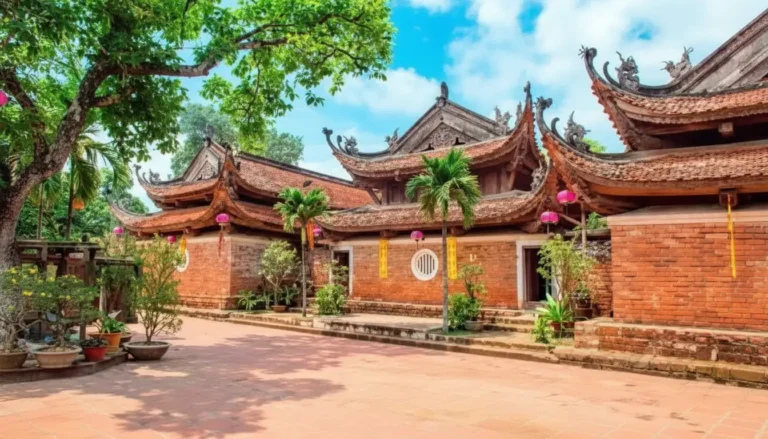
II. Festival Activities and Rituals
The festival is a blend of solemn religious observance and communal folk culture, attracting pilgrims from all over the country.
1. The Opening Rituals
The main day of the festival, the 6th day of the 3rd Lunar Month, begins with solemn Buddhist rites:
Mộc Dục Ritual (Bathing Statues): A sacred ceremony where local elders collect purified or consecrated water to ritually bathe the statues, symbolizing respect, cleansing, and renewal for the new year.
Incense Offerings: Pilgrims climb the 239 stone steps to the pagoda, offering incense and prayers for peace, health, and good fortune for their families and the community.
Expiation Ceremony (Sám Hối): A central Buddhist ritual calling on devotees to practice compassion, charity, and self-reflection to avoid wrongdoing and cultivate virtue.
2. Traditional Folk Culture
After the religious rites, the festival transforms into a lively cultural fair, offering various activities that foster community spirit and celebrate regional traditions:
Tug-of-War
Wrestling
Human Chess (Cờ người): A game of chess played with people dressed in elaborate costumes serving as the chess pieces.
Water Puppet Performances: Sometimes featured, showcasing the unique folk art of the Northern Delta region.
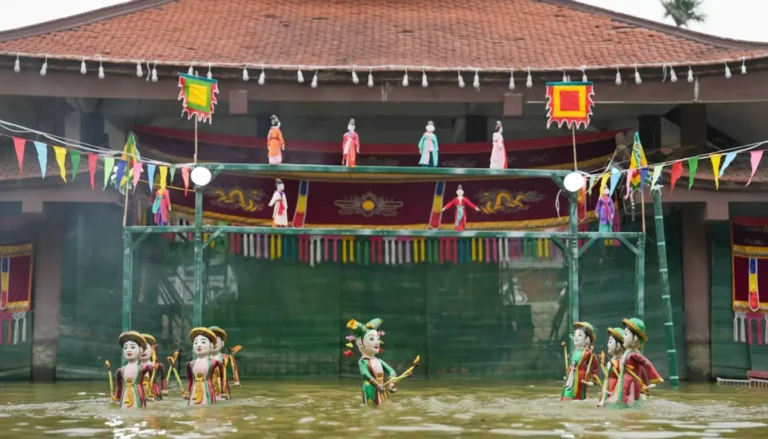
III. Visitor Information
| Guide Field | Details |
|---|---|
| Architecture | The pagoda complex comprises three parallel halls (Hạ, Trung, Thượng) and features distinctive double-tiered roofs adorned with intricate carvings of dragons, lions, and phoenixes. |
| Pilgrimage Experience | The climb up the stone steps is considered a symbolic act of spiritual devotion and a physical challenge, offering a rewarding view and a serene spiritual atmosphere upon arrival. |
| Photography Note | As a sacred and recently recognized national heritage site, visitors are strongly advised to dress modestly, maintain silence inside the halls, and seek permission from the pagoda management before filming or photographing the statues. |
| Getting There | Located west of Hanoi, the pagoda is accessible via private car/taxi or public transport, offering a great day trip to experience the peaceful countryside outside the capital. |
